 Gray Squirrel on patio
Gray Squirrel on patio
It’s easy to get wrapped up in things, carried away, distracted this time of year. So many of life’s great joys converge and attempt to land in a 2-week span, that the daily routine stops dead in its tracks. There’s a flurry of activity, a great gathering and refreshing of tradition and lore.
Then, as quickly as they came, they’re off, again.
And I step back onto the trail, check the compass and walk on.

Monday morning, I went out to a cold car whose frosty form sat with a light covering of snow. Many days of idleness had left us both unwilling to move very fast. Sitting stiffly on the chilled upholstery, I pulled the door closed behind me--its noisy protest, a plea for heat, even from a pile of steel.
We sat for a while, waiting, as the cloud of my exhaled air spread further and further, filling the car, freezing on the glass and frosting my lashes. Then, I reached a gloved finger forward to the dash, slid the control to ‘defrost’ and turned on the fan. A few rattles later, warm air and a handful of seeds and split shells rose from the fine line between windshield and dashboard.
Several years ago, my daughter had the unfortunate luck as to have the vent of her small car chosen by our driveway mouse as the perfect spot to set up house keeping—and mice are untidy house keepers. After leaving it with us for just a few days, she returned to the recognizable smell and a blocked venting system, which with hot air behind it, grew more vile with each attempt to blow it free. Unwilling to drive with her head out the window, she held her breath long enough to get the mousy motorcar to a mechanic who painstakingly disassembled the dash, removed the messy mouse house and charged us handsomely for it. Thankfully, the mouse moved on, or so we thought.
The rattle of seed within the defroster made me wonder, though.
Starting back to work after days away, I backed the car slowly down the gravel drive, advancing the selector to ‘heat,’ and cranking the fan high. The warm breeze from the vent blasted a steady stream of small, black bullets that bounced off my jacket and fell in showers to cover the front seats. Mouse presence confirmed.
Just before the holidays, we had picked up a fifty-pound bag of black oil sunflower seeds and thinking it best to keep it safe from squirrels and wet weather, left it in the back of the car, while we got wrapped up in our guests and gift-giving. The bag had been removed days later and feeders filled with the small, black seeds, but not before being raided by the dreaded driveway mouse. A small pile of split shucks on the black upholstery in the back of the car marked the spot where he’d tasted just a few before dashing back and forth each night in what must have been a gargantuan task of stashing hundreds of small seeds, one by one, within the hidden chambers of the car.
Each day now, with each trip down the driveway, a few more seeds fly furiously from the dashboard. With every corner I turn, several more shift inside, finding their way into the airstream, and onto the lap of any passenger. Most of those already thrown free and scattered across the interior surfaces have been reclaimed or eaten on the spot. Newly split, silvery shells are left each morning to be discarded in my cup holder and seatbelt buckle. The nest has never been found, and I know that eventually every well-placed seed will be retrieved and the showers of sunflowers will cease. But I keep an eye on my rear-view mirror, just waiting for that little whiskered face to appear. Added to my ever growing list of odd jobs-- driver, to one well-fed driveway mouse.
 A Lover of Sunflower Seeds
A Lover of Sunflower Seeds




























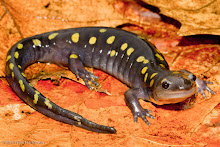




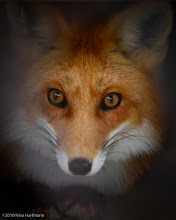

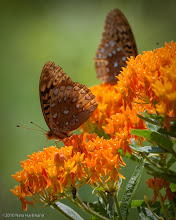

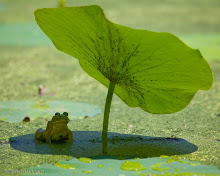
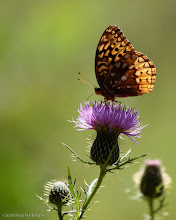
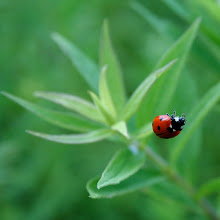




























%20copy.jpg)














